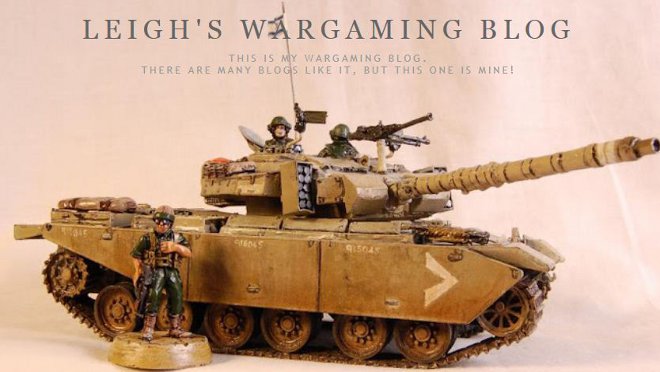It immediately went from looking dubious to just bad, as the right Macedonian flank tuned out to be commanded by a better quality general than expected, while on the opposite flank the Persian cavalry was under a C-in-C who was not as good as he claimed to be!
The cavalry was quickly engaged and surprisingly the Persians held against their better opponents and began to grind them down, while the Macedonian infantry advanced slowly, and on mass towards the Persian troops.
The infantry engagement quickly focused on two areas, the centre where the Persians pelted their advancing enemy with missiles, killing some skirmishers but loosing some of their own in return. The main Macedonian pike blocks were unable to bring their fighting prowess to the fight as the Persians fell back, although their javelins and arrows were not enough to cause substantial losses. There was finally one small fight as the Persians sent their Greek Hopolites against part of the Pike block and managed to drive it back with a number of losses.
On the Persian right an equally balanced fight took place between the flank command and its levy infantry and the skirmishers and pelsats the Macedonian had sent through the wood.
On the opposite flank the Persian cavalry was finally being driven back by the numerically inferior, but qualitatively superior companions and their supporting horse. And it was this flank that proved to be decisive, as the guard cavalry was destroyed, the C-in-C fled the battle field and the rest of the cavalry began to take heavy looses. Eventually this caused the command to break, and with the losses elsewhere, although relatively light, it was enough to break the Persian army which withdrew leaving the victorious Macedonian in command of the field.





